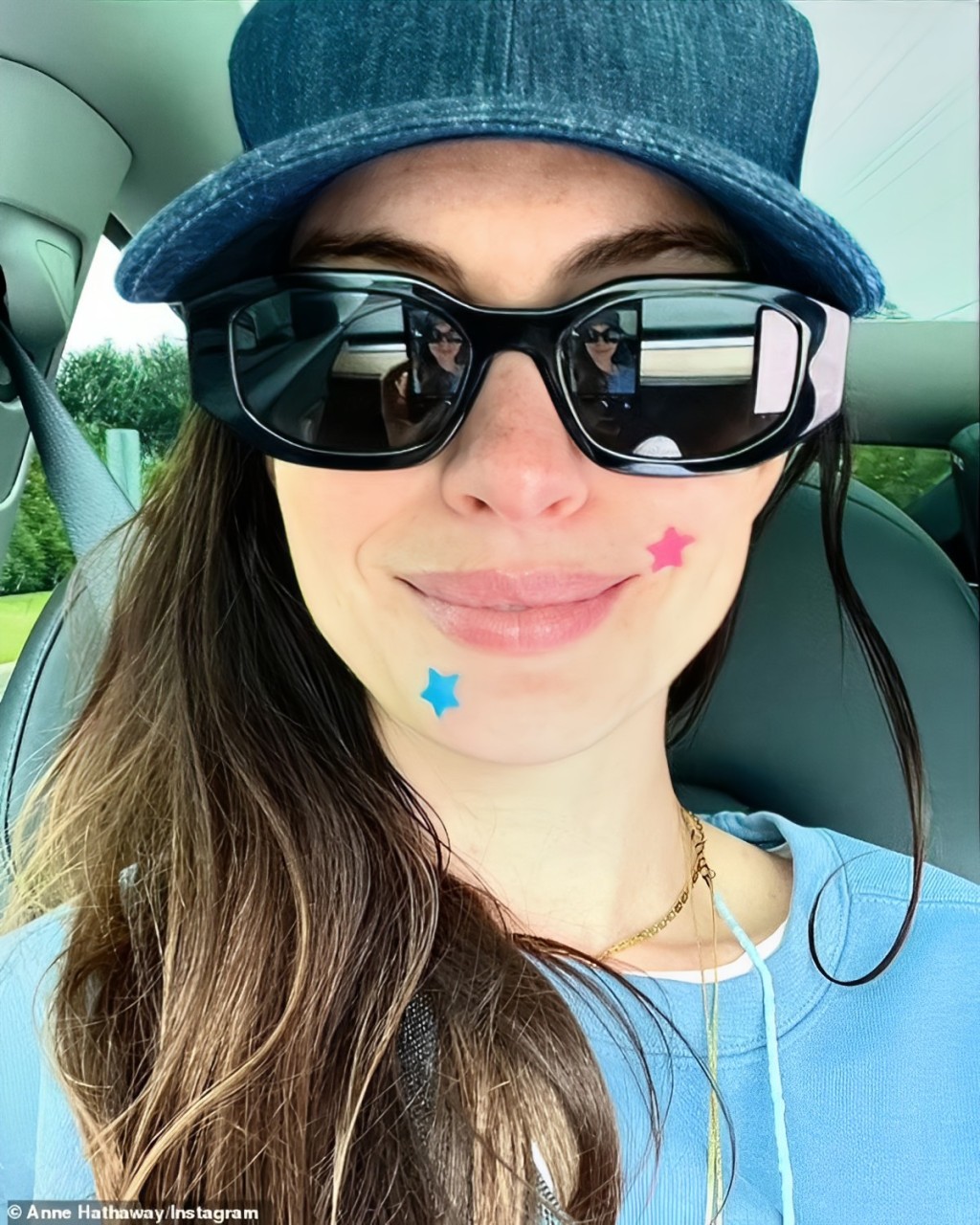Shuck, shuck, goose?
Social media users were shocked over an “alien” creature that washed ashore in Australia with some labeling it the “freakiest thing” they’d ever seen.
“I’ve never seen anything quite like this before!” wrote the sea denizen’s discoverer Vicki Evans in a post with a photo on a community Facebook page. “Nature never ceases to amaze!”
The beachcomber happened across the freaky flotsam while walking along Horseshoe Bay in Port Elliott, South Australia, The Advertiser reported.

Goose barnacles use jointed legs to filter plankton and other food from the water.Facebook / Vicki Evans00:0000:00

Social media users were shocked over an “alien” creature that washed ashore in Australia with some labeling it the “freakiest thing” they’d ever seen.Facebook / Vicki Evans
Evans included photos of the oceanic oddity, which is long and riddled with gelatinous tendrils that are tipped with shells, like maritime hair-braid beads.
Many Facebook users were equally baffled by the vermicelli-esque tentacles, with one writing, “That might just be the freakiest thing I’ve ever seen!!”
“Wow, it looks long judging by scale of dog,” one said, referring to a curious pooch seen inspecting the creature in the photo.

The long object came to rest on a beach, where a dog got a closer look (above). Goose barnacles are considered one of the most expensive seafoods on Earth.Facebook / Vicki Evans
As it turns out, the “aliens” were actually goose barnacles, a species of communal crustacean that attaches itself to floating objects, on wharves and piers, or even washed up on the shore, as was the case with the colony in question.
University of South Australia marine ecologist Dr. Zoe Doubleday said she was surprised by the mass of the cluster, which she suspected “broke off the mothership” and floated to shore.
”I’ve never seen anything like it, and it just must be an old pylon from a jetty or some piece of marine infrastructure that has been in the water for such a long time to grow a dense cluster of barnacles,” the scientist said. “It’s been there for a long time.”

University of South Australia marine ecologist Dr. Zoe Doubleday said she was surprised at the mass of the cluster, which she suspected “broke off the mothership” and floated to shore.Facebook / Vicki Evans
Despite resembling oysters and clams, the ocean inhabitant is more closely related to lobsters and crabs, Doubleday shared.
They even house small, shrimp-like jointed legs inside their shells, using those appendages to filter out plankton and other food from the water.
Much like their claw-bearing brethren, goose barnacles are considered a delicacy, especially in Portugal and Spain, where they’re referred to as percebes and served with melted butter.
“To eat a percebe, grasp the shell, tear off the skin encasing its neck, and be aware that you’re sitting in a splash zone,” Atlas Obscura instructs. “Each time you remove a gooseneck barnacle’s casing, expect a spurt of brine.”
They’re even featured at wild game hotspot Foxface Natural, in New York City’s East Village.
But be prepared to pay a pretty penny.
These filter feeders are actually among the most expensive seafood on earth, fetching up to $125 a pound — a goose that lays a golden egg, if you will.
In 2020, beachcombers discovered a cluster of the ritzy crustaceans in Wales that they estimated was valued at around $65,000.
Their peculiar name, meanwhile, comes from a notion among Middle Ages naturalists that the barnacles were actually goose eggs.
When the goslings were ready to hatch, these nautical turrets would fall from their rocky berths and the 𝑏𝑎𝑏𝑦 birds would rise from the sea.





